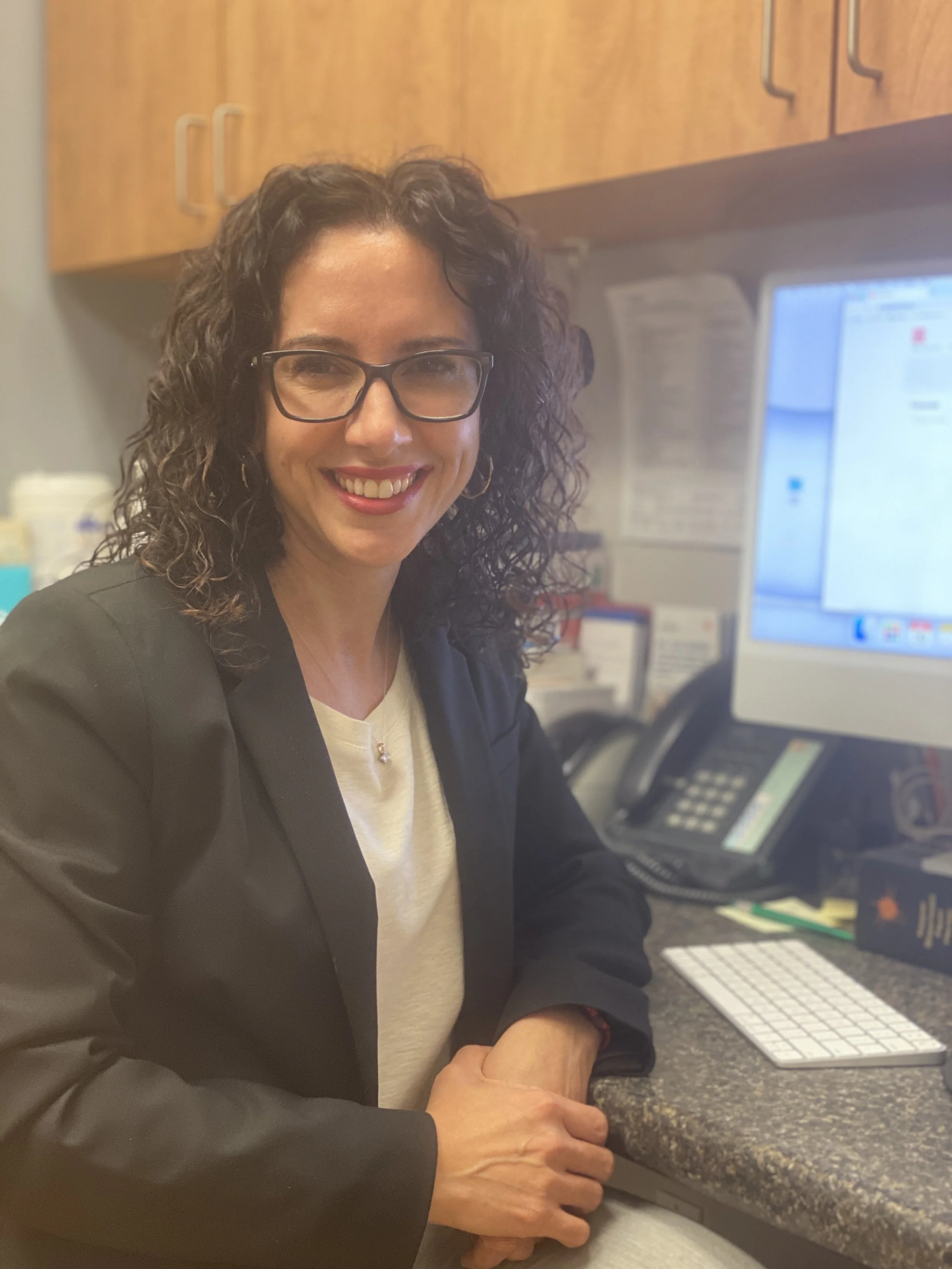Day in the Life
Embracing AI in Family Practice: A Physician’s Perspective
Chances are that if we've had a conversation in the last 3 months, I've brought up my use of an AI scribe in my day-to-day family practice. In a time when family physicians are feeling demoralized and burnt out, I have found a glimmer of hope and 1 extra hour a day of time (yes, time!!).
I have tried 2 different AI scribes and am still deciding which one I will ultimately land on using, but they both have the same premises - I speak to patients, and the AI scribe summarizes our conversations in a SOAP note format. Initially, I had imagined resistance from patients for using a new "scary AI" technology - but to this day (3 months in), I have not had one patient refuse my use of this tool. Here is how I start the conversation "Good to see you Ms. Smith. Before we start our visit today, I'd like to ask your permission to use a new tool on my computer. I'm trying out an AI tool that listens to our conversation anonymously, summarizes it with only medically relevant information and then does all my typing for me". Patients' reactions have been some of the following:
"This must save you so much time!"
"I use something similar at work for meetings"
"Will this work for me? What is it called and how can I use it too?"
"So you can look at me now instead of the computer - wonderful!"
After asking for permission, I turn on the tool and then have my usual interaction with the patient. But now my hands are in my lap, my eyes focusing on the patient and their mannerisms while taking in all that they are not saying. For the physical exam, obviously the AI scribe only records what I say, so I often give a bit more detail after the patient has left the room. For example, "The patient appeared more somber today, was fidgeting with her hands and had minimal eye contact". Clearly, not the things I would say in front of the patient, but important to record in the note. I make sure to say my impression and differential diagnosis and then the plan out loud as well.
For my well baby visits or physical exams, I use a combination of preset stamps in my EMR as well as the AI scribe note. The AI does get a bit confused when multiple children are in the room and the parents flip between speaking about their children. I still need to input vaccines, create referrals and send prescriptions without the use of AI assistance for now.
Patients often do not come in with one concern. I love how the AI scribe separates and organizes the concerns into distinct sections, even when the patient doesn't present them that way. I also find the option of providing the patient a summary of the plan in patient facing language extremely useful. They don't necessarily need to know my objective findings, but having a take away summary is useful. Here is an example: "Today we discussed your high blood pressure. You will try to limit the salt in your diet. You will aim to get a minimum of 150 minutes of cardiovascular exercise in your week. In 2 months, you will follow up in our office with the nurse to complete a BP tru exam." When I'm ready to generate the final note, it takes about 20-30 seconds for the summary to be available to be cut and paste into the patient chart. I use this time to bill the encounter and send any prescriptions for the patient.
Is an AI scribe perfect? Far from it, and it requires physician eyes to edit every single word that ultimately lands in the chart. However, I would estimate its 90-95% accuracy for my encounters especially when I am explicit with my observations, diagnosis and plan. Medication names are not perfect ie Actonel/Activelle have been mixed up or some medication names are nowhere near their correct spelling. Another area that is still problematic is for AI to recognize the socioemotional issues we all manage as family physicians. I had one patient recently with back pain which was her minor concern, but more important to her was how she was feeling isolated and lonely. We spoke in detail about her loneliness and suggestions for engagement but the AI scribe disappointedly only provided details of her back pain.
We are at the infancy of the use of AI in our medical offices, but I would encourage physicians to try to see how it may make their lives just a little easier and create a bit more time in their days. AI will not replace physicians, but as Globe and Mail columnist Andre Picard has said "Technologies like AI should allow doctors to get back to the basics of medicine. Listening, observing, touching, interpreting, and healing. Just faster, and better."
Alissia Valentinis MD, CCFP, FCFP
Family Physician, Taddle Creek FHT

